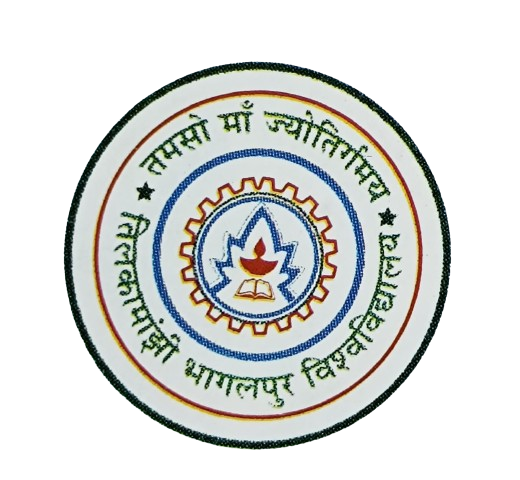About Commerce
Commerce is the large-scale organized system of activities, functions, procedures and institutions that directly or indirectly contribute to the smooth, unhindered distribution and transfer of goods and services on a substantial scale and at the right time, place, quantity, quality and price through various channels from the original producers to the final consumers within local, regional, national or international economies. The diversity in the distribution of natural resources, differences of human needs and wants, and division of labour along with comparative advantage are the principal factors that give rise to commercial exchanges.
Commerce consists of trade and aids to trade[4] (i.e. auxiliary commercial services) taking place along the entire supply chain. Trade is the exchange of goods (including raw materials, intermediate and finished goods) and services between buyers and sellers in return for a price at traditional (or online) marketplaces. It is categorized into domestic trade, including retail and wholesale as well as local, regional and inter-regional transactions and foreign trade, encompassing import, export and entrepôt/re-export trades. Trade also involves the exchange of currencies, commodities and securities in specialized exchange markets. On the other hand, auxiliary commercial activities (aids to trade) which can facilitate trade include commercial intermediaries, banking and financial services, transportation, packaging, warehousing, communication, advertising and insurance. Their purpose is to remove hindrances related to direct personal contact, payments, savings, funding, separation of place and time, product protection and preservation, knowledge and risk.
The broader framework of commerce incorporates additional elements and factors such as laws and regulations (including intellectual property rights and antitrust laws), policies, tariffs and trade barriers, consumers and consumer trends, producers and production strategies, supply chains and their management, financial transactions (including those in financial markets), market dynamics (including supply and demand), technological innovation, competition and entrepreneurship, trade agreements, multinational corporations and small and medium-sized enterprises (SMEs), and macroeconomic factors (like economic stability).
Commerce drives economic growth, development and prosperity, promotes regional and international interdependence, fosters cultural exchange, creates jobs, improves people’s standard of living by giving them access to a wider variety of goods and services, and encourages innovation and competition for better products. On the other hand, commerce can worsen economic inequality by concentrating wealth (and power) into the hands of a small number of individuals, and by prioritizing short-term profit over long-term sustainability and ethical, social, and environmental considerations, leading to environmental degradation, labor exploitation and disregard for consumer safety. Unregulated, it can lead to excessive consumption (generating undesirable waste) and unsustainable exploitation of nature (causing resource depletion). Harnessing commerce’s benefits for the society while mitigating its drawbacks remains vital for policymakers, businesses and other stakeholders.

